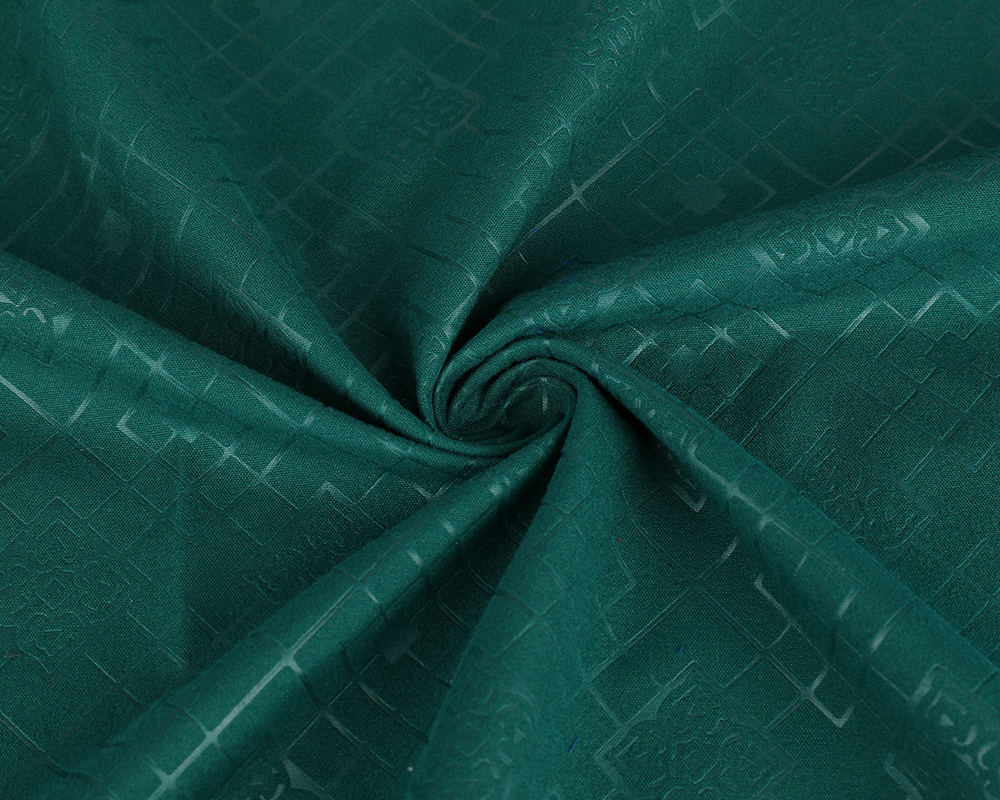Search...
The printing process of 100% Polyester Printed Fabrics directly affects its color fastness and pattern durability. The choice of printing process and the processing method determine how the pattern interacts with the fabric during use, whether it can maintain bright colors, not fade, and maintain the integrity of the pattern after multiple washes and uses. Here are several common printing processes and their effects on color fastness and pattern durability:
1. Heat Transfer Printing
Principle: Heat transfer printing is to transfer a pre-printed pattern to polyester fabric through heat and pressure. It is usually used for small batch production or custom designs.
Effect on color fastness: Heat transfer printing has higher color fastness because the combination of pattern and fabric is stronger and the pattern will not peel off easily. However, heat transfer may affect the touch and softness of the fabric because the heat transfer film forms a thicker coating on the fabric.
Effect on pattern durability: Thermal transfer printing has good durability after multiple washings, but excessive friction or improper cleaning methods (such as high-temperature water washing or strong rubbing) may cause the pattern to fall off or fade.
2. Screen Printing
Principle: Screen printing is to print ink directly onto polyester fabric through a screen. This process is suitable for mass production, especially for simple single-color or multi-color patterns.
Effect on color fastness: Screen printing has relatively high color fastness, especially when using special inks suitable for polyester fibers (such as solvent-based inks). This process ensures that the pattern is firmly bonded to the fabric, but it is necessary to ensure proper color fixing treatment to prevent the pattern from fading due to washing.
Effect on pattern durability: Screen-printed patterns have good durability, especially after proper color fixing treatment. However, with multiple washings or long-term exposure to ultraviolet rays, some colors of the pattern may fade. To improve the durability of the pattern, it is necessary to select high-quality printing inks and perform appropriate post-processing.
3. Digital Printing
Principle: Digital printing uses inkjet technology to print patterns directly onto polyester fabrics, which can achieve high-precision, rich patterns and color effects. Suitable for complex patterns and small batch production.
Impact on color fastness: The color fastness of digital printing depends on the type of ink used. Water-based inks or dye inks have poor adhesion to polyester fabrics, so post-treatment (such as heat treatment) is required to improve color fastness. Using UV inks or special polyester dye inks can effectively improve color fastness.
Impact on pattern durability: The durability of digital printing patterns is generally good, but if unsuitable inks are used or post-treatment is not performed, the durability of the pattern may be affected. Since the dye directly penetrates into the fabric, the pattern is not easy to fall off, but the color may fade slightly due to washing or ultraviolet exposure.
4. Dye Sublimation Printing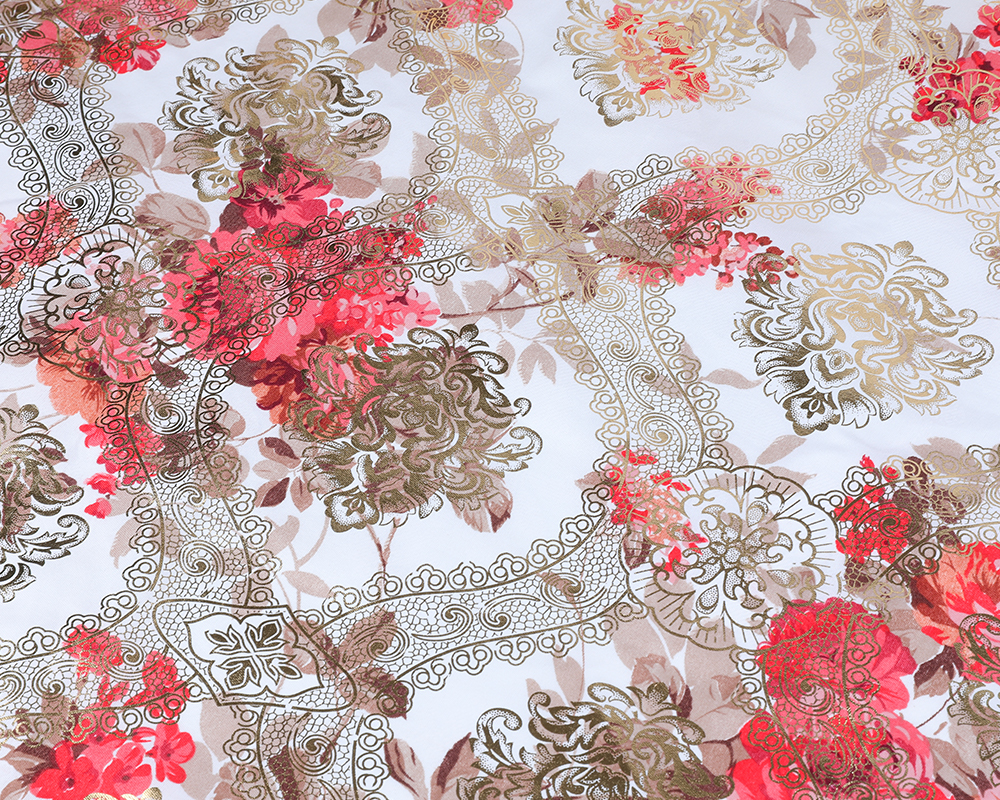
Principle: Dye sublimation printing is to heat the solid dye to a gaseous state and directly penetrate it into the fibers of the polyester fabric. This process is usually used for full-width pattern printing, and the effect is bright and colorful.
Impact on color fastness: Dye sublimation printing has very high color fastness because the dye penetrates directly into the polyester fiber instead of just adhering to the surface. This allows the pattern to remain colorful and not easy to fade under conditions such as multiple washing and exposure.
Impact on pattern durability: Dye sublimation printing has very good durability. Because the dye penetrates into the fiber, the pattern will not fall off or fade like traditional printing. Therefore, it performs well under conditions such as high-frequency washing and friction, and is an ideal choice for high-quality pattern printing.
5. Screen hot stamping (Foil Printing)
Principle: The screen hot stamping process creates a shiny pattern effect by printing metal foil (such as gold and silver) onto polyester fabrics through heat pressing.
Impact on color fastness: The color fastness of screen hot stamping patterns is usually lower because the metal foil is only attached to the surface of the fabric and is easily removed by friction or washing. The effect of hot stamping is usually not as durable as dye sublimation or screen printing.
Impact on pattern durability: The durability of hot stamping patterns is poor, especially in the case of long-term use and frequent washing, the foil may fall off or fade. In order to improve the durability of the pattern, it is usually necessary to specially treat the hot stamping area or avoid using such prints in high-friction areas.
6. Inkjet Printing
Principle: Inkjet printing is the use of inkjet printing technology to spray pigments directly onto the surface of the fabric, usually used for personalized design and small batch production.
Impact on color fastness: The color fastness of inkjet printing is related to the quality of ink and post-processing methods. If you choose high-quality pigment ink and perform appropriate heat setting treatment, you can get better color fastness.
Impact on pattern durability: The pattern of inkjet printing is better in durability, especially when using high-quality ink and after heat setting treatment, it can effectively avoid fading and falling off of the pattern. However, higher friction or improper washing methods may still cause some damage to the pattern.
7. Photochromic Printing
Principle: Photochromic printing uses special photosensitive inks that can change color or react under different lighting conditions. It is usually used for creative or outdoor products.
Influence on color fastness: The color fastness of photosensitive printing is generally low because photosensitive inks are more sensitive to the external environment (such as ultraviolet rays and friction). Photosensitive printing may fade or react unstable after exposure to ultraviolet rays.
Influence on pattern durability: The pattern durability of photosensitive printing is poor, especially when it is frequently exposed to strong light or used in extreme environments, the pattern may lose its original effect. In order to improve durability, special treatment or avoid long-term exposure to sunlight is usually required.
Different printing processes have a significant impact on the color fastness and pattern durability of 100% polyester printed fabrics. Generally speaking, dye sublimation printing provides the best color fastness and durability, especially for large-area patterns and long-term use. Thermal transfer and screen printing can also provide good printing effects, but attention should be paid to post-processing and correct washing methods to ensure the durability of the color. For high-quality graphics and long-term use, digital printing and screen printing are reliable choices, but special attention may be required to select the right ink and treatment method.
Ultimately, when choosing the right printing process, you need to consider not only the effect of the graphics, but also the purpose of the fabric, durability requirements, and the convenience of post-maintenance.

 English
English
 中文简体
中文简体
 Español
Español


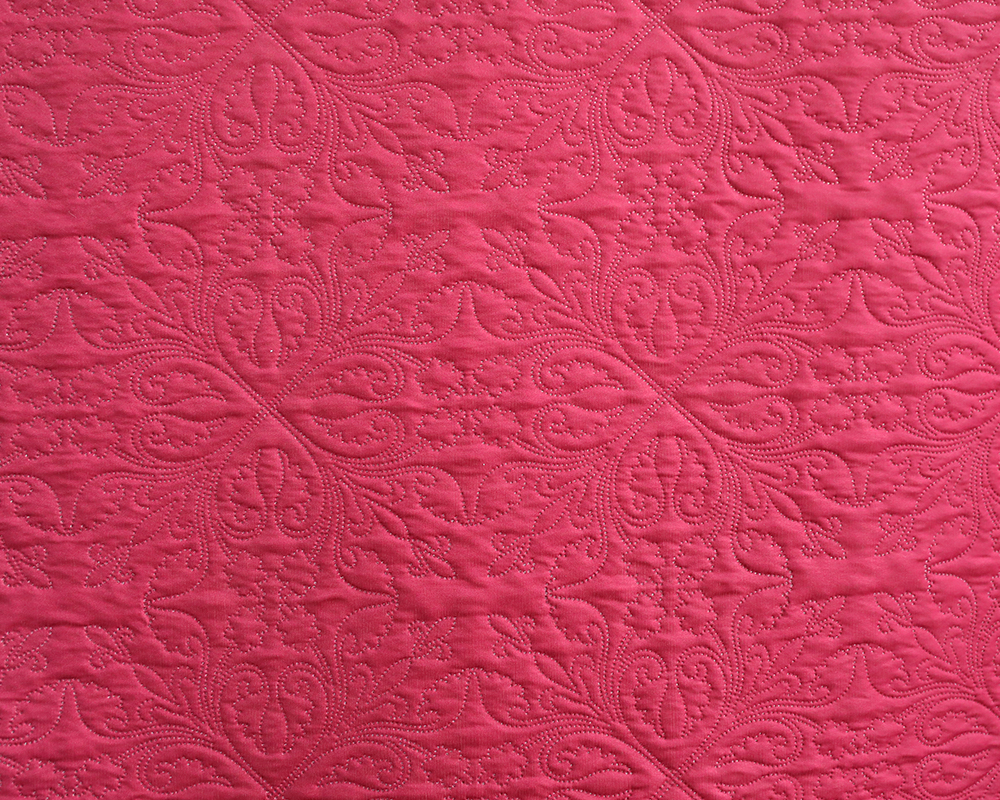
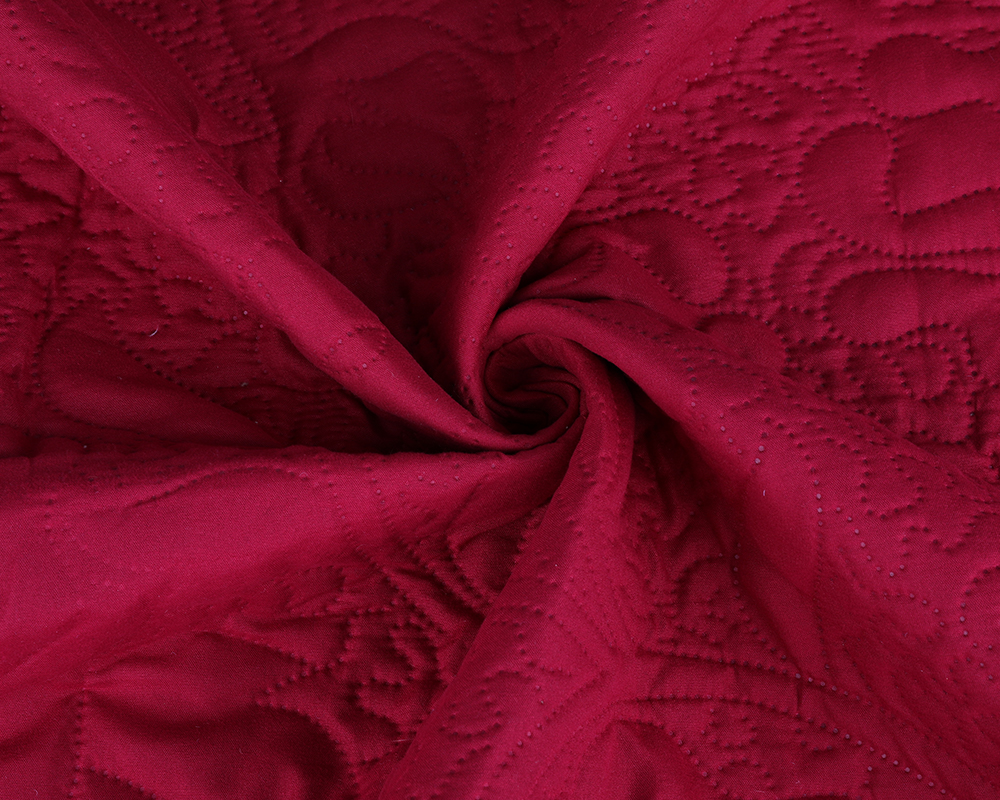
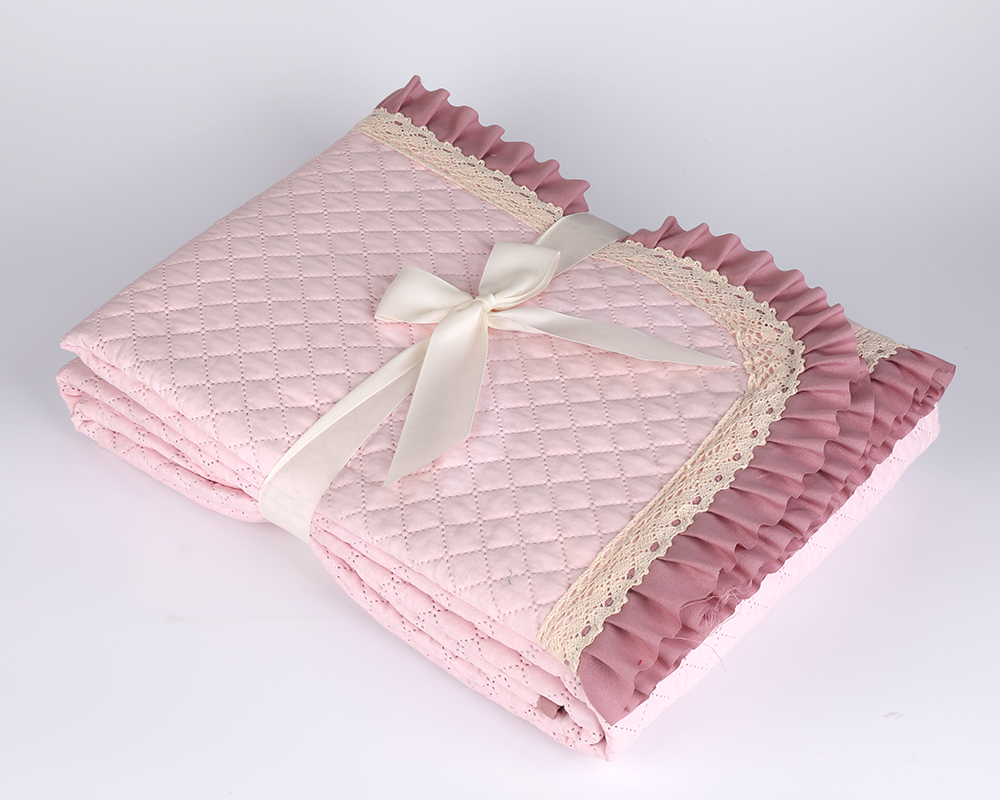
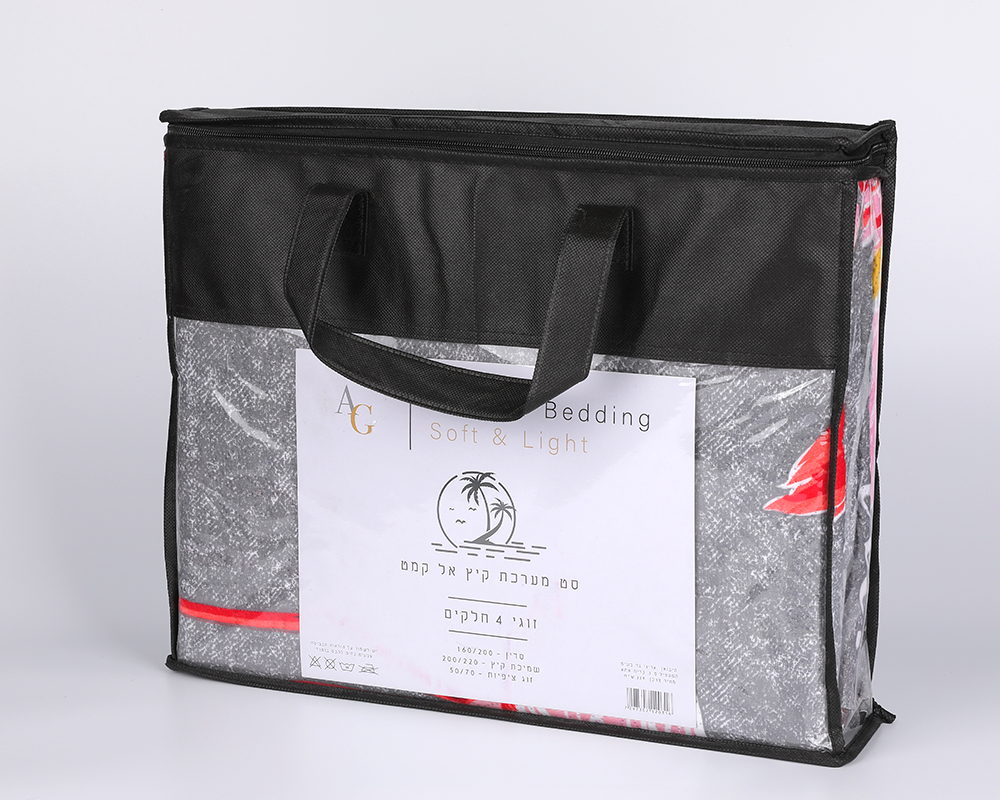



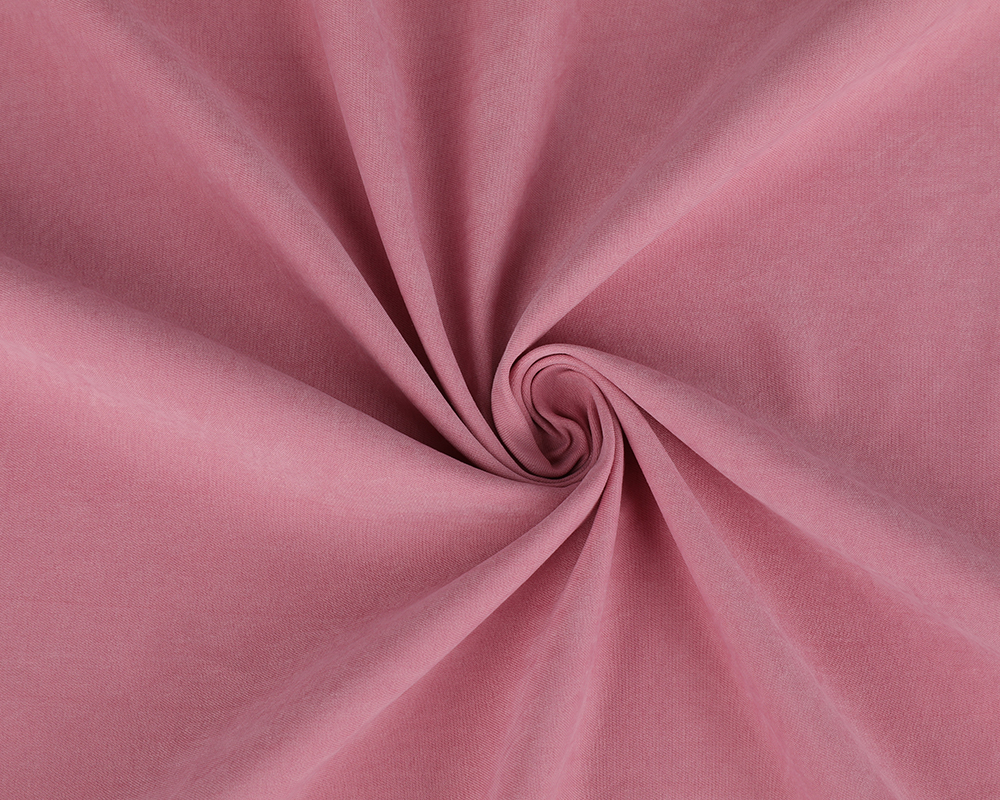
.jpg)
